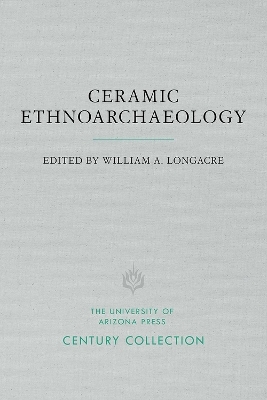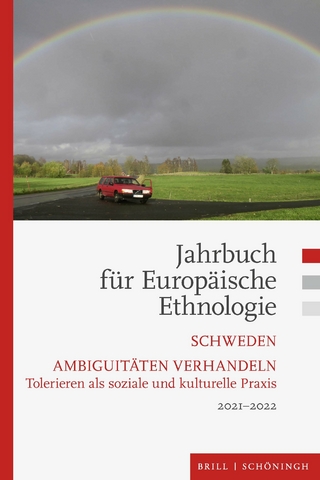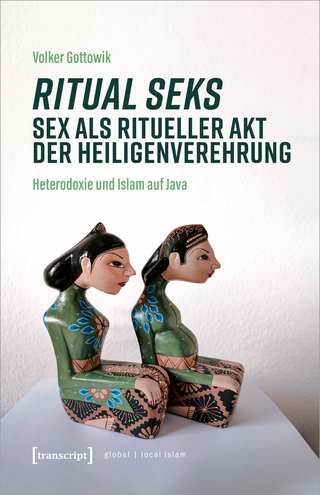
Ceramic Ethnoarchaeology
Seiten
2016
University of Arizona Press (Verlag)
978-0-8165-3479-1 (ISBN)
University of Arizona Press (Verlag)
978-0-8165-3479-1 (ISBN)
- Titel z.Zt. nicht lieferbar
- Versandkostenfrei innerhalb Deutschlands
- Auch auf Rechnung
- Verfügbarkeit in der Filiale vor Ort prüfen
- Artikel merken
A resurgence in ethnoarchaeology over the past twenty-five years offers a new set of directions for the discipline. This volume presents the results of such work with pottery, a class of materials that occurs abundantly in many archaeological sites.
Ethnoarchaeology, the study of material culture in a living society by archaeologists, facilitates the extraction of information from prehistoric materials as well. Studies of contemporary pottery-making were initiated in the southwestern United States toward the end of the nineteenth century, then abandoned as a result of changes in archaeological theory. Now a resurgence in ethnoarchaeology over the past twenty-five years offers a new set of directions for the discipline. This volume presents the results of such work with pottery, a class of materials that occurs abundantly in many archaeological sites.
Drawing on projects undertaken around the world, in the Phillipines, East Africa, Mesoamerica, India, in both traditional and complex societies, the contributors focus on identifying social and behavioral sources of ceramic variation to show how analogical reasoning is fundamental to archaeological interpretation. As the number of pottery-making societies declines, opportunities for such research must be seized. By bringing together a variety of ceramic ethnoarchaeological analyses, this volume offers the profession a much-needed touchstone on method and theory for the study of pottery-making among living peoples.
Ethnoarchaeology, the study of material culture in a living society by archaeologists, facilitates the extraction of information from prehistoric materials as well. Studies of contemporary pottery-making were initiated in the southwestern United States toward the end of the nineteenth century, then abandoned as a result of changes in archaeological theory. Now a resurgence in ethnoarchaeology over the past twenty-five years offers a new set of directions for the discipline. This volume presents the results of such work with pottery, a class of materials that occurs abundantly in many archaeological sites.
Drawing on projects undertaken around the world, in the Phillipines, East Africa, Mesoamerica, India, in both traditional and complex societies, the contributors focus on identifying social and behavioral sources of ceramic variation to show how analogical reasoning is fundamental to archaeological interpretation. As the number of pottery-making societies declines, opportunities for such research must be seized. By bringing together a variety of ceramic ethnoarchaeological analyses, this volume offers the profession a much-needed touchstone on method and theory for the study of pottery-making among living peoples.
William "Bill" Longacre II was a prominent archaeologist and former head of the University of Arizona anthropology department.
| Erscheinungsdatum | 07.09.2016 |
|---|---|
| Reihe/Serie | Century Collection |
| Zusatzinfo | 55 halftones, 24 tables |
| Verlagsort | Tucson |
| Sprache | englisch |
| Maße | 152 x 229 mm |
| Gewicht | 441 g |
| Themenwelt | Geisteswissenschaften ► Archäologie |
| Sozialwissenschaften ► Ethnologie ► Völkerkunde (Naturvölker) | |
| Sozialwissenschaften ► Soziologie | |
| ISBN-10 | 0-8165-3479-9 / 0816534799 |
| ISBN-13 | 978-0-8165-3479-1 / 9780816534791 |
| Zustand | Neuware |
| Informationen gemäß Produktsicherheitsverordnung (GPSR) | |
| Haben Sie eine Frage zum Produkt? |
Mehr entdecken
aus dem Bereich
aus dem Bereich
Schweden : Ambiguitäten verhandeln - Tolerieren als soziale und …
Buch | Softcover (2023)
Brill Schöningh (Verlag)
49,90 €
Buch | Softcover (2023)
transcript (Verlag)
54,00 €


